Explore Xiamen's historical buildings in a day
chinadaily.com.cn| Updated: Jul 4, 2019
The historical buildings of Xiamen in East China's Fujian province have a mixture of different architectural styles -- including the traditional southern Fujian Style, Western classical revival style and veranda colonial style.
Spending a day exploring Xiamen's historic buildings can help you better understand the city. Here is a recommended route:
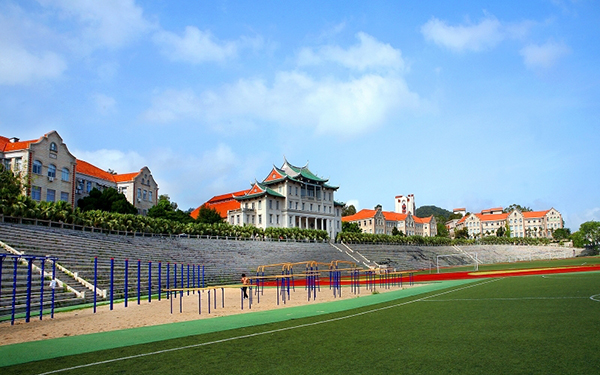
Different styles are in evidence in Xiamen University [Photo/visitxm.com]
9:00-10:00: Xiamen University
Xiamen University covers an area of nearly 1.46 million square meters. Besides its strong academic atmosphere, the school also has beautiful campus scenery.
The old buildings in the university are good examples of the combination of Chinese and Western architectural styles.
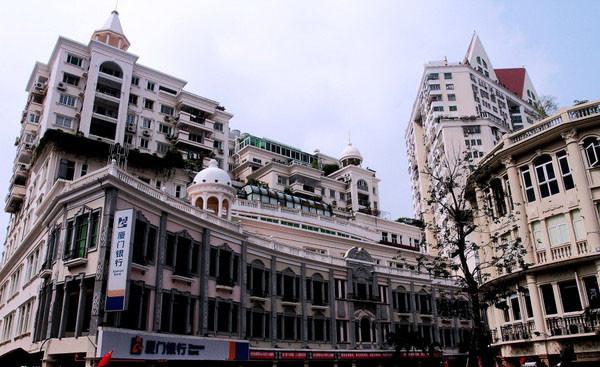
The grandeur in the building designs of Zhongshan Road [Photo/visitxm.com]
10:30-11:30: Zhongshan Road
Xiamen's Zhongshan Road, some 1.2 kilometers in length, was built in 1925. It is an old street with modern and historical features, and is often referred to as "the living fossil of Xiamen's business".
With its traditional architecture, stunning night views and various shops selling local snacks, the road is becoming a must-go destination for tourists around the world.
12:30-12:50: Take the ferry to Gulangyu Island
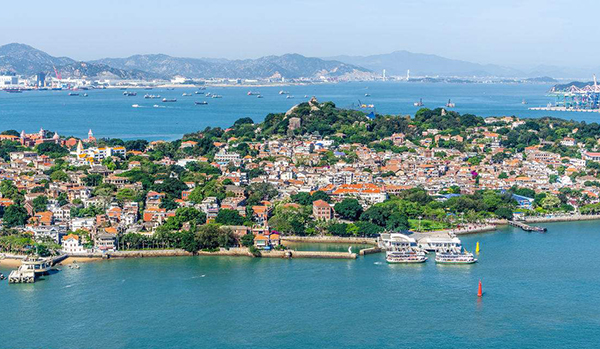
A panorama of Kulangsu Historic International Settlement [Photo/visitxm.com]
13:00-15:00: Kulangsu Historic International Settlement
Gulangyu Island, known in the local dialect as Kulangsu, is an offshore island of Xiamen. Its heritage includes a settlement composed of 931 historical buildings, and represents a variety of local and international architectural styles, natural sceneries, historic roads and gardens.
To date, many historical structures and natural scenic spots are still well-preserved on the island.
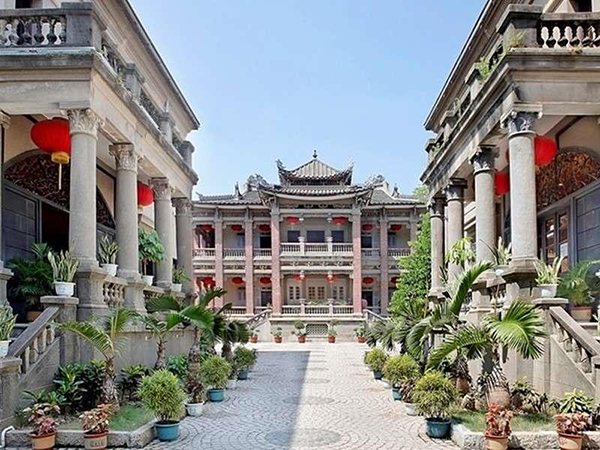
Haitiantang [Photo/visitxm.com]
15:00-17:00: Haitiantang
Haitiantang was built in 1921. It has five separate villas, three of which are now open to the public.
The No 34 villa has been developed into a tasteful cafe; No 42 has become a performing center of nanyin and traditional puppets, both of which are forms of Chinese intangible cultural heritage; and No 38, the main building, has been developed into the Gulangyu architectural art gallery, which features displays about the old villas and residences on the island.

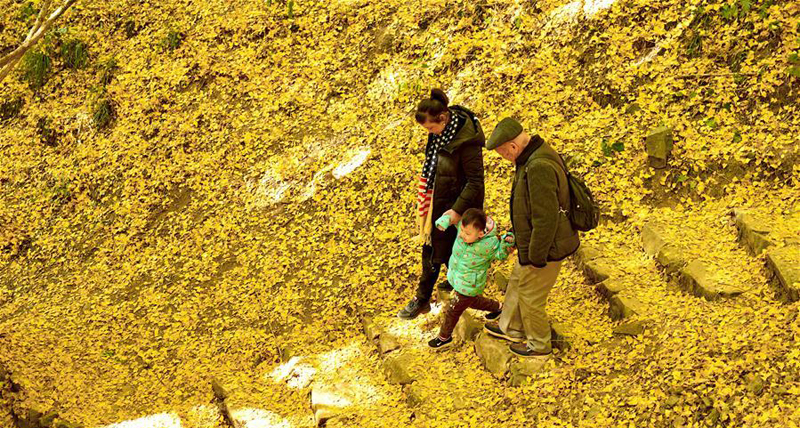
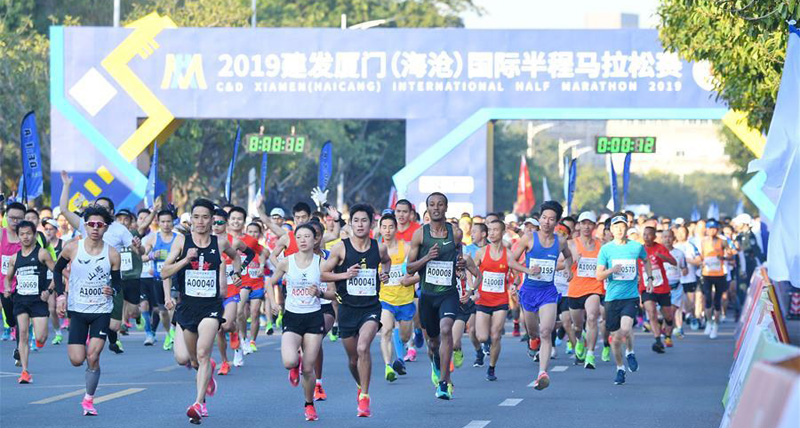
 play
play